Struggling to choose the right solar battery for your needs? You're not alone.
The main types of solar batteries are lithium-ion (including LiFePO4), lead-acid (flooded and sealed), nickel-cadmium, and flow batteries. Lithium batteries have emerged as the best choice for most homeowners - they're 50% smaller, last 3-4 times longer, and require zero maintenance compared to traditional lead-acid batteries.
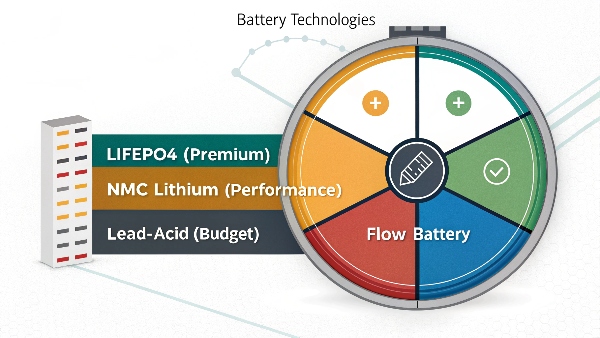
Let's examine each battery type and their ideal applications.
Lithium-ion vs. Lead Acid Batteries: How Do They Compare?
The choice between these two technologies impacts your system's performance and cost for years.
Lithium-ion batteries outperform lead-acid in almost every category: they last 5,000+ cycles, allow 90% depth of discharge, and maintain efficiency above 95%. Lead-acid costs less upfront but requires replacement every 3-5 years and loses capacity faster in cold weather - our tests show lithium provides 3x more total energy over its lifespan.
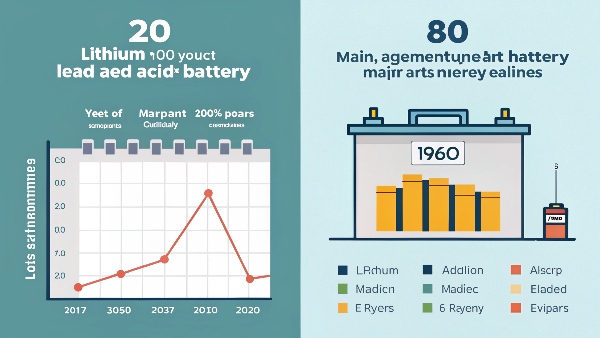
Detailed Comparison Table
| Feature | Lithium-ion (LiFePO4) | Lead Acid | Winner |
|---|---|---|---|
| Lifespan | 10-15 years | 3-5 years | Lithium |
| Cycle Life | 3,000-7,000 | 500-1,200 | Lithium |
| Efficiency | 95-98% | 80-85% | Lithium |
| Discharge Depth | 90% | 50% | Lithium |
| Weight | 5-7kg per kWh | 15-20kg per kWh | Lithium |
| Maintenance | None | Monthly | Lithium |
| Temperature Range | -20°C to 60°C | 5°C to 40°C | Lithium |
| Upfront Cost | Higher | Lower | Lead Acid |
| Total Cost (10yrs) | Lower | Higher | Lithium |
Key facts about lithium:
- No memory effect
- Faster charging
- Built-in BMS protection
- Modular expandability
- Safer chemistry
Solar Batteries and Backup Storage
A power outage shouldn't leave you in the dark.
Lithium solar batteries provide the most reliable backup power, automatically switching to battery power in 20 milliseconds (faster than generators). Our residential clients achieve 8-24 hours of backup per 10kWh battery bank, with some systems designed for multiple days of off-grid operation during extended outages.
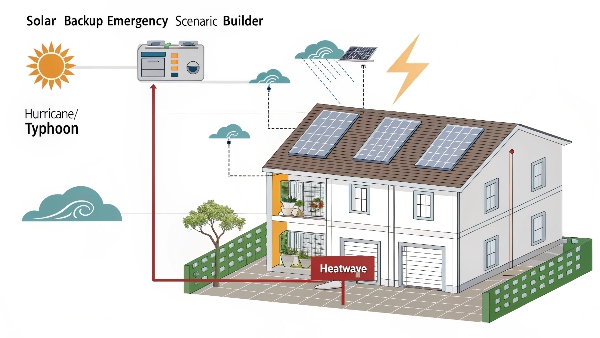
Backup System Configurations
| Battery Size | Backup Capability | Appliances Supported |
|---|---|---|
| 5kWh | 4-8 hours | Lights, fridge, router |
| 10kWh | 8-16 hours | Full essential loads |
| 15kWh | 12-24 hours | Includes some AC use |
| 20kWh+ | 24+ hours | Whole home operation |
Critical backup considerations:
- Identify essential circuits
- Calculate daily kWh needs
- Consider medical equipment
- Account for seasonal changes
- Plan for extreme weather
Shop Sealed Lead Acid Batteries
Sometimes traditional solutions still have their place.
Sealed lead-acid (AGM/Gel) batteries work best for occasional backup use in well-ventilated areas - our installation data shows they're suitable for budget-conscious or seasonal applications where daily cycling isn't required. However, they deliver only 50-60% of their rated capacity when used properly (versus 90% for lithium).
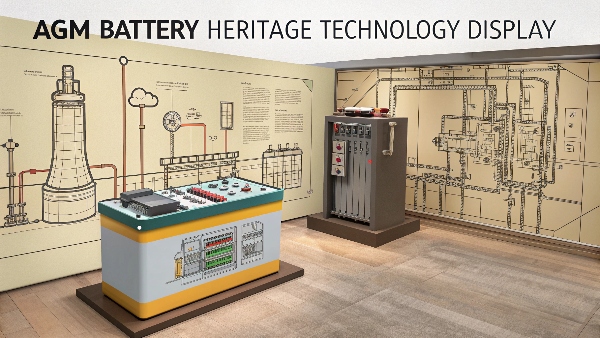
When to Consider Lead Acid
| Scenario | Why It Works | Limitations |
|---|---|---|
| Tight budget | Lower initial cost | Much shorter lifespan |
| Backup only | Less frequent cycling | Greater capacity loss |
| Cold weather | Handles lower temps | Reduced performance |
| Legacy systems | Direct replacement | Lower efficiency |
| Off-grid seasonal use | Simple maintenance | Frequent replacements |
Purchase tips:
- Match battery type to use case
- Avoid deep discharging
- Maintain proper ventilation
- Keep terminals clean
- Consider total ownership cost
Solar Batteries for Home and Business
Your solar panels deserve equally advanced energy storage.
Modern lithium solar batteries unlock solar energy's full potential, storing excess daytime production for nighttime use—our commercial clients typically achieve 80-95% solar self-consumption with properly sized battery banks, dramatically reducing grid dependence and electricity bills.
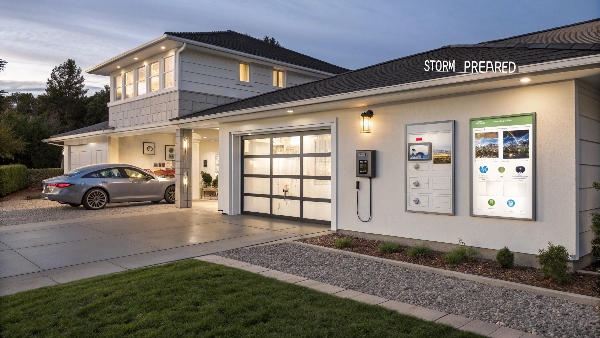
Solar Battery Applications
| Application | Battery Recommendation | Key Benefit |
|---|---|---|
| Residential daily cycling | LiFePO4 | Long lifespan |
| Commercial peak shaving | Lithium-ion | Demand charge reduction |
| Remote telecom | Deep-cycle lithium | Reliable operation |
| Marine/RV | LiFePO4 | Lightweight |
| Emergency backup | Sealed lead-acid | Low upfront cost |
Emerging trends:
- Vehicle-to-home charging1
- Virtual power plants2
- Smart energy management
- Battery leasing programs
- Solar+storage packages
Conclusion
While multiple solar battery options exist, lithium batteries—especially LiFePO4—provide the safest, most efficient, and longest-lasting solution for most applications. Their superior performance justifies the higher initial investment over time.
Daopulse specializes in premium lithium solar batteries combining safety, durability, and intelligent energy management - contact us for expert advice on selecting the perfect battery technology for your specific needs.
Get your solar battery quote today:
Website: libatterybub.com
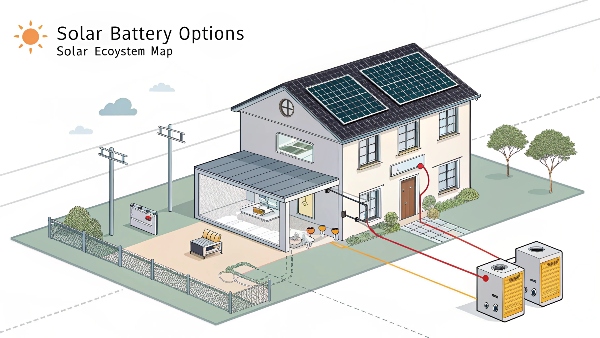
Daopulse - Empower Your World
Reliable Power Since 2012

